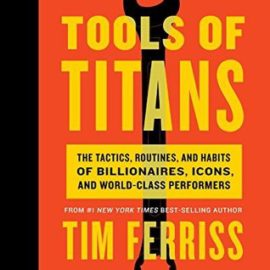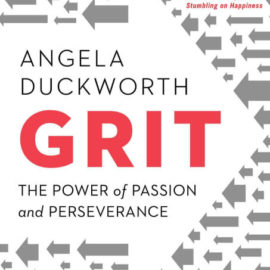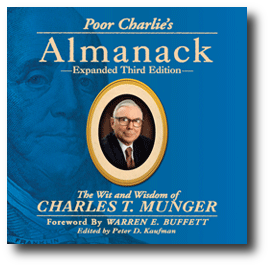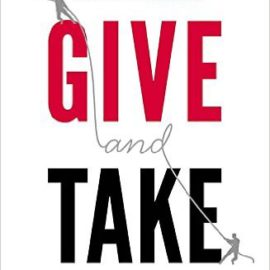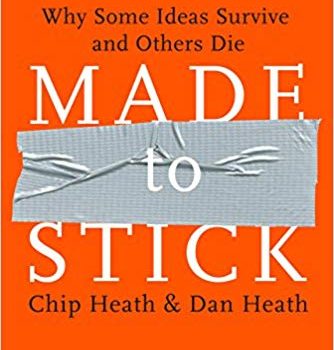
Want to learn the ideas in Made to Stick better than ever? Read the world’s #1 book summary of Made to Stick by Chip Heath, Dan Heath here.
Read a brief 1-Page Summary or watch video summaries curated by our expert team. Note: this book guide is not affiliated with or endorsed by the publisher or author, and we always encourage you to purchase and read the full book.
Video Summaries of Made to Stick
We’ve scoured the Internet for the very best videos on Made to Stick, from high-quality videos summaries to interviews or commentary by Chip Heath, Dan Heath.
1-Page Summary of Made to Stick
Overview
Great ideas don’t always succeed. In fact, many of them go unnoticed and are never heard of again. While other ideas that aren’t as great spread like wildfire. For example, the rumor about poisoned candy being handed out on Halloween is an urban legend that was completely made up by someone who didn’t want kids to have fun on Halloween. Why do these rumors spread so quickly? And why are they so hard to stop?
In short, they have two qualities: they are memorable and people want to share them with others.
Ideas need to be sticky and popular. Certain health groups wanted to raise awareness of the fact that movie popcorn in America – at the time prepared with coconut oil – contained extraordinarily high amounts of saturated fat, making it extremely unhealthy.
When people were told that a bag of popcorn contained 37 grams of saturated fat, they didn’t care. The number was dry and too academic to stick in their minds.
Since coconut oil was unhealthy, they tried to make people aware of the fact by pointing out that it had more fat than a breakfast consisting of bacon and eggs. The message stuck with people as they spread it around. It eventually led to all major movie theaters using healthier alternatives for their popcorn.
Big Idea #1: The Strength of Simplicity
It’s tempting to explain an idea thoroughly, but that is counterproductive.
The best way to communicate an idea is not by giving a lengthy explanation of it, but rather to distill the key message into one simple statement. This makes the idea easier for people to understand and remember. It also allows you to get your point across without changing its meaning or diluting its power. Although this can be difficult, if done right, it will help make your ideas stickier.
Journalists have to be good at summarizing their articles in the headline so that readers will understand what they’re about. A bad headline can prevent a great article from getting the attention it deserves.
In business, a catchy slogan can be just as effective as an in-depth explanation. For example, Southwest Airlines has the phrase “THE Low Fare Airline.” It’s memorable and persuasive.
Big Idea #2: Unexpected Ideas are Sticky
The brain likes to save energy by running on autopilot whenever possible. When people see something familiar, they subconsciously ignore it.
When we’re not surprised, our brains go into autopilot. When something unexpected happens, however, the brain is forced to wake up and pay attention.
Suppose you’re flying on a plane. The flight attendant goes through the normal safety instructions, but then suddenly adds her own thoughts about love and relationships. “There’s only one way to get out of this relationship!” she says emphatically.
People tend to ignore the routine. Presenting an idea in a novel way can help it get noticed and be more effective.
Big Idea #3: Curiosity Gaps Makes Ideas Stick
The key to spreading ideas is getting attention and holding it. Making use of curiosity gaps can help with these challenges.
People go through their lives on autopilot because they think that they know everything that’s necessary to get by.
The best way to grab someone’s attention is to show them that there are things they don’t know about. This immediately gets people out of their comfort zone because it creates curiosity gaps, which are empty spaces in understanding that people feel a compulsive need to fill even if they were not interested before. For example, detective novels use tantalizing clues and red herrings to keep the reader guessing “whodunit?” The curiosity gap technique is so successful in celebrity gossip magazines that it boosts sales by making readers want more. It works well for any idea pitch or presentation because surprising facts and figures create curiosity gaps and make audiences want more information about the main idea.
Like this summary? Want to learn more from books than ever? You'll love my product Shortform.
Shortform has the world’s best guides to 1000+ nonfiction books and articles. Even better, it helps you remember what you read, so you can make your life better. What's special about Shortform:
- The world's highest quality book guides - we discuss the book's main ideas, with expert analysis and commentary expanding will beyond the book
- Interactive exercises that teach you to apply what you've learned
- Discussion communities - get the best advice from other readers
Sound like what you've been looking for? Sign up for a 5-day free trial here.



